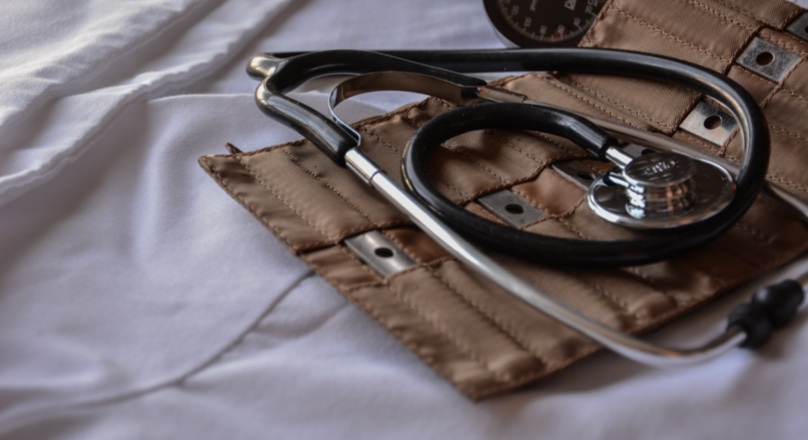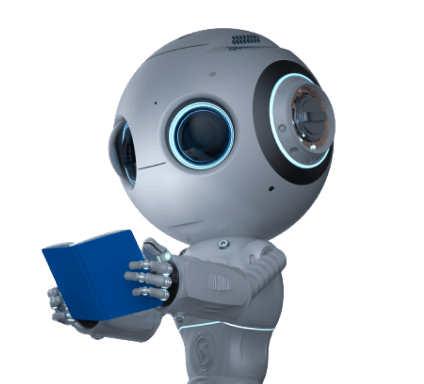Results for ""
Doctors feel the pulse to check a person's heart rate, rhythm and regularity. Each pulse matches up with a heartbeat that pumps blood into the arteries. The force of the pulse also helps evaluate the amount of blood flow to different areas of the body.
Blood pressure is the force or pressure exerted in the arteries by the blood as it is pumped around the body by the heart. It is recorded as two measurements. Systolic pressure is the pressure in the arteries during the heart's contraction, and Diastolic pressure is when the heart is relaxed between the beats.
University of South Australia engineers has designed a system to remotely measure blood pressure using AI. With the new technology, they filmed a person's forehead and extracted cardiac signals using AI algorithms.
A doctor or nurse listens to the blood pressure by placing a stethoscope on the artery. A cuff will be placed on the patient's arm, which will be pumped by the medical professional. The blood pressure will be read on a meter called a sphygmomanometer.
The normal blood pressure of a person should not be higher than 120 or below 80. However, an individual's blood pressure will not always be the same- it will go up when they are exercising or excited and go lower when they are resting. Blood pressure is measured in millimetres of mercury (mm Hg), which refers to how high the pressure in the arteries can raise a column of mercury in the sphygmomanometer.
According to the researchers, the new method, which introduces a non-contact system, could replace the uncomfortable method of strapping an inflatable cuff to the patient's arm or wrists. In a new paper published in Inventions, the researchers describe the technique, which involves filming a person from a short distance for 10 seconds and extracting cardiac signals from two regions in the forehead using AI algorithms.
The systolic and diastolic readings were 90% accurate compared to the existing instrument used to measure blood pressure, which is itself subject to errors.
The researchers experimented on 25 people with different skin tones and under changing light conditions overcoming the limitations reported in the previous studies.
According to a UniSA remote sensing engineer Professor Javaan Chahl, Monitoring blood pressure is essential to detect and manage cardiovascular diseases, the leading cause of global mortality, responsible for almost 18 million deaths in 2019. He told ScienceDaily that in the past 30 years, the number of adults with hypertension has risen from 650 million to 1.28 billion worldwide.
According to Prof Chahl, the health sector needs a system that can accurately measure blood pressure and assess cardiovascular risks when physical contact with patients is unsafe or difficult, such as during the recent COVID outbreak. If this new AI technique is perfected, it can tackle the health challenges facing the world today.
Researchers have developed algorithms to measure other vital signs in the past five years, including creating rates from 50 meters away, oxygen saturation, temperature, and jaundice in newborns. Their non-contact technology was also developed in the US during a pandemic to monitor the signs of COVID-19 from a distance.






